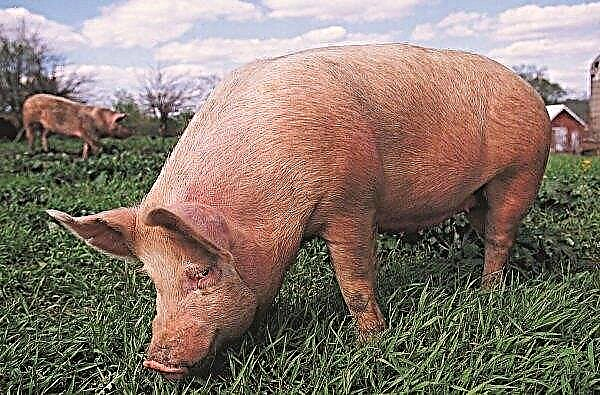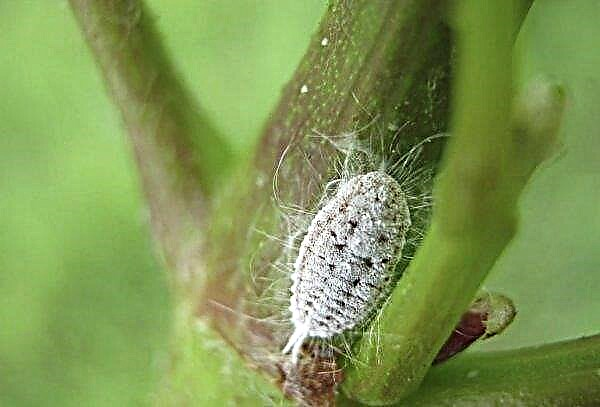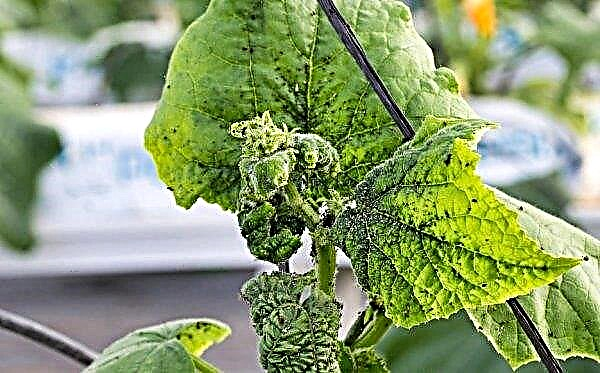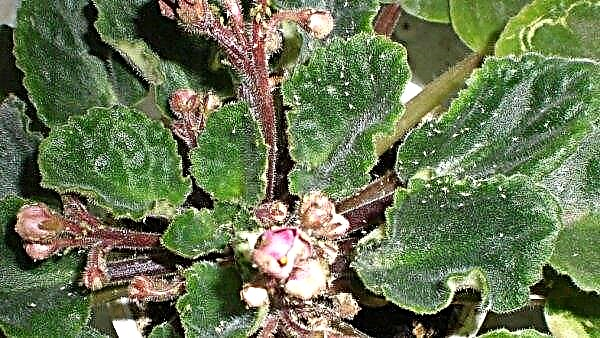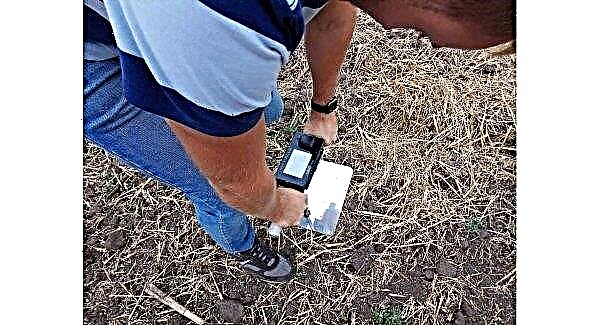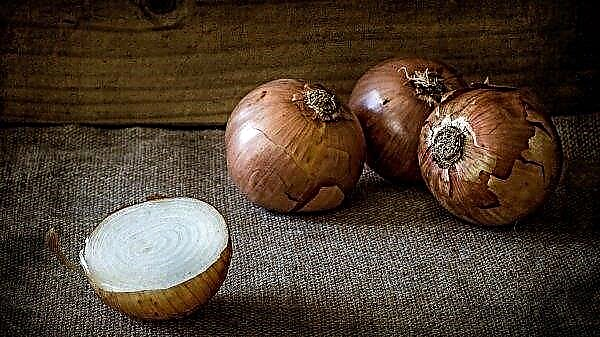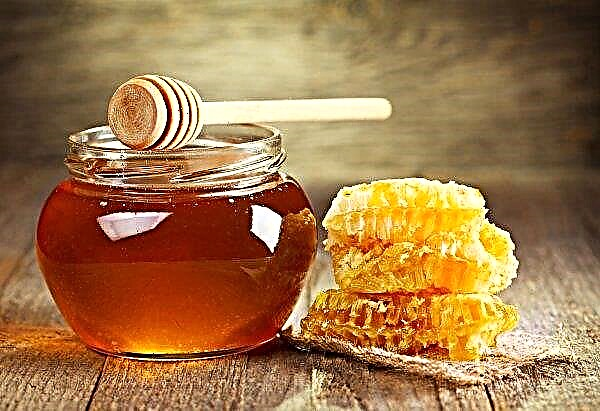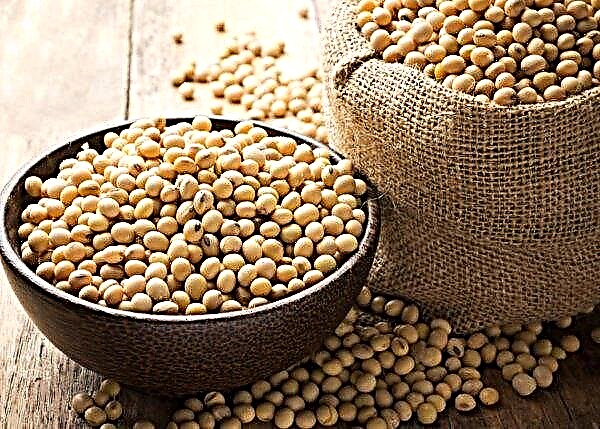Young carrots, appearing on the market at the end of spring, are often sold not in weight but in bundles, along with green tops, which makes the product especially attractive. However, during the autumn harvest of carrots, before planting it for long-term storage, the tops are removed. The review talks about how the preservation of the aerial parts on root crops after they are removed from the earth, why it is necessary to cut the tops from carrots, and how to do it correctly, is described.
Features of growing carrots
Despite the fact that carrots are present on store shelves all year round, they are inexpensive and seem to be one of the most familiar vegetables for consumers, growing this crop is not as easy as it seems. Even those root crops that are considered the most unpretentious and easy to care for, in fact, give a good harvest only when certain conditions are created in the garden. That is why inexperienced summer residents, having tried to grow a sweet and carotene-rich product, are disappointed that the root crops grew small, ugly or corroded by soil pests.
Did you know? Beta-carotene, an orange pigment that is a biological precursor of vitamin A, was first isolated in 1831 from carrots, which determined the name for the element: the Latin name of the plant is “carota”.
In order to prevent this from happening, it is necessary to ensure:
- Thorough pre-planting preparation of the seed material, including soaking, germination and treatment with growth stimulants, otherwise, the seeds germinate for a long time and give uncommon rare seedlings.
- Maximum illumination (it is impossible to grow large root crops in the shade and partial shade).
- Careful removal of all organic residues before sowing and regular weed control throughout the entire subsequent growing season (weed grass grows much faster than carrots and creates merciless competition for the latter).
- Proper fertilization in the soil (for example, fresh manure cannot be used).
- Suitable soil composition (root crops grow ugly in heavy soil, rot in a swampy soil).
- Proper watering (poor germination of carrot seeds in most cases is explained by too dry soil, in addition, scarce, too abundant and just irregular watering adversely affects the quality of root crops - in the first case they become hard and tasteless, in the second they rot and crack, in the third they bend and deform).
- Thinning seedlings, and this must be done at least twice, as the outlet grows.
- Pest control (primarily carrots, wireworms), as well as diseases, mainly of fungal nature.
- Timely harvesting in compliance with a number of important conditions necessary to ensure the keeping quality of root crops.

Do I need to cut the tops?
The answer to this question can be either affirmative or negative, and in the first and in the second case there is no doubt in its correctness if you make one clarification, which is formulated in two words: depending on when.
In any plant, the root and underground parts are directly dependent on each other, that is, none can develop without the other: the root transfers nutrients from the soil to the stem and leaves, and the “tips” are responsible for photosynthesis - the process of converting sunlight into energy, necessary, including for root growth.
Did you know? All products of plant origin that we eat as food are 95% organic matter derived from solar energy, and only 5% of what the root system has been able to extract from the soil.
The reasons why gardeners still try to cut the tops of actively growing carrots can be different. It seems to some that the rosette has grown too high and takes the vitality of the plant, others tend to use fragrant greens in the farm (from carrot tops or with its addition, indeed, you can cook many delicious dishes, in addition, it is present in a number of recipes for home cosmetology), others somewhere heard that this should be done.
 If you cut the carrot tops in high season, the development of root crops will stop immediately
If you cut the carrot tops in high season, the development of root crops will stop immediately
In fact such an agricultural technique is a gross mistake, although if you cut several branches of individual plants, for example, in order to add them to tomatoes during the preservation process, root crops will not suffer from such manipulation.
Important! The larger and lush the aerial part of the carrot, the tastier the root crop will be, the more nutrients it will have and the longer it will be stored.
More controversial is the question of the advisability of removing the tops from the beds shortly before the harvest of carrots. Many gardeners advise to do just that, although in reality such actions involve two possible risks:
- There is a danger that in good weather the aerial part of the plant will begin to grow again, and this will lead to the outflow of nutrients from already formed root crops.
- Any violation of the integrity of the plant is an additional risk of the penetration of fungal infections.

Concerning, while carrots are in the ground, it is still undesirable to trim the tops. After the harvest is harvested, cutting the tops is not only possible, but also necessary, otherwise the root crops will not be stored for a long time, they will quickly fade and lose their taste.
When to cut carrot tops?
Two options are possible here. The first and most correct one is to prune immediately after the root crops are removed from the ground or on the same day. Previously, carrots should be carefully cleaned of lumps of the earth and slightly dried directly in the open air.
Important! Leaves are the main enemies of a plant with a bare root system, because moisture intensively evaporates through them. For this reason, it is better to buy seedlings of fruit trees without leaves, and remove the tops from dug root crops.
In addition to wilting, the preservation of tops on dug carrots reduces the crop's resistance to rot and fungal infections, which ultimately negatively affects the crop's keeping quality.
The second option is to cut the tops at a time when the plant is still in the ground, but immediately before harvesting. In principle, such an approach is also admissible; moreover, there are cases when it is preferable.
We are talking about growing root crops on an industrial scale, when it is difficult, long and inconvenient to pick the tops from each root crop removed manually from the ground, while it is possible to mow the aerial part from the field using special equipment. The green mass obtained in this way is immediately harvested for use in livestock feed, after which they begin to harvest root crops.
Pruning rules
There are several rules for removing carrot tops, the observance of which will ensure good harvest keeping:
- Do not pick off the green part of the plant and do not twist it with your hands, but cut it off, preferably with a knife.
- The knife for trimming the tops must be sharp and clean (it is better to treat the blade with alcohol or other disinfectant solution before starting work).
- Trimming should be done with a “firm hand”, trying to be performed with one precise movement.
- Do not leave even short “tails” on the roots. Carrots with a small fragment of greenery at the base initially look attractive, but with the increase in daylight, such root crops begin to intensively grow young leaves, which sharply worsens their condition - carrots become soft, lose weight and nutrients.
- To prevent the germination of carrots, a cut should be done along the line of "sleeping eyes". In practice, this means that not only the green part should be cut off, but also a small fragment of the root crop itself in the form of a “cap” 2-3 mm thick. However, the flesh that has become exposed as a result of this procedure becomes a gateway for infections, so it must be treated immediately. This is usually done using crushed chalk, which dusts the cut area.
- Simultaneously with the upper part of the root crop, cut the nose, completely removing its long part. For reliability, dip the trimmed end into a container with crushed chalk.

Cleaning and the secrets of further care
Proper pruning of tops is an important, but far from the only condition for ensuring the keeping quality of the carrot crop. Much depends on when and how the crop was harvested, as well as on the proper preparation for storage of the root crops themselves and the premises in which they will be located.
After the onset of autumn cooling, gardeners rush to finish harvesting carrots, fearing that it will begin to freeze in the ground. This is actually a mistake.
Important! The more time a carrot spends in the ground, the tastier and better preserved it will be.
It has been established that active weight gain in carrots occurs as a reaction to a seasonal decrease in daily average temperature, that is, at the moment when someone is in a hurry to harvest, he is just starting to ripen. As a result, root crops, dug after cooling to + 7 ... + 8 ° C, can be almost half larger than vegetables of the same variety grown under the same conditions, but harvested a couple of weeks earlier.

Not in a hurry to dig up carrots is another reason. The key to increasing the shelf life of root crops is their immediate cooling after harvesting. It is easier to observe this condition if you wait for the natural autumn cooling.
Further preparation of root crops for storage (after the aforementioned short drying, removal of land and cutting of tops) involves the following actions:
- Sorting. For storage, healthy, whole and correct in shape specimens are selected.
- Cooling. Before putting carrots in the cellar, it is advisable to place it for 5-6 days in a dark, cold place.
- Re-sorting.
- Cellar cleaning and disinfection (for this purpose, some gardeners carry out the whitewashing of the walls with lime, but you can limit yourself to treating the room with a solution of copper sulfate and subsequent ventilation to completely remove the remnants of "chemistry").
Did you know? For the discovery that vitamin A, the source of which is carrots, has a beneficial effect on vision, the American biochemist George Wold was awarded the Nobel Prize in Physiology or Medicine in 1967.
It is better to store carrots in the dark, at an air temperature of +2 to + 5 ° C and a relative humidity of 90–95%.
There are several ways to store root crops. Depending on which one is used, the periods during which carrots will remain fresh, tasty and nutritious may vary:
| Storage method | Shelf life |
| In plastic bags | 2 months |
| In sand | 6-8 months |
| Bulk on wooden flooring | 5-8 months |
| In a clay shell (with preliminary treatment with a mash of clay and water) | 10-12 months |
| In coniferous sawdust | 12 months |
Tips from experienced gardeners
Some tips from experienced gardeners, following which you can keep carrot harvest as long as possible:
- Not all varieties are equally well suited for long-term storage. It is better to eat early ripe carrots during the summer, and leave the varieties of medium and late ripening until the next harvest, and the first are more suitable for regions with a cold climate, where late ripe carrots just do not have time to ripen, while southerners should stock up on late carrots.
- 2-3 weeks before the expected harvest date, the carrot beds should be watered.
- The fact that the carrot has ripened can be judged by the leaves starting to turn yellow, but if the rosette wilted - this is a sure sign that the plant is sick or affected by a pest.
- Digging any root crops is necessary only in dry weather.
- Most of the nutrients in the carrots will be present if you harvest when the Moon is in the sign of Aries or Leo and at the same time decreases.
- 4–5 days before digging the roots, carrot tops should be sprayed with 5% copper sulfate solution: this stimulates the outflow of nutrients from the stems to the root. In addition, the drug has fungicidal properties, which means it will protect carrots from being affected by fungal infections during the harvest process.
- Most specialists do not advise washing root crops before laying them for storage: although this procedure allows you to remove bacteria and mycelium from the surface of fungi, it is nevertheless associated with a risk of damage to the integrity of the peel, and this adversely affects keeping quality.
- It is better to remove the tops in two steps: first cut off the green part and only then the upper part to the “sleeping eyes”. This will allow you to perform the procedure more accurately.
- You should not store carrots in the same room with apples, because these fruits secrete ethylene - a plant hormone that accelerates the ripening of some fruits, but has a detrimental effect on those that are already ripe.
- Those summer residents who do not have their own cellar can use an unusual, but possible way to store carrots: in the autumn, cut off the tops of the beds and leave the root crops in the ground, carefully covering it from above with a multilayer shelter of wet sand, a plastic film, organic matter (peat, a leaf foliage or sawdust), another layer of film and snow, as soon as it falls out. In the spring, completely fresh and juicy root crops can be extracted from such an impromptu storage.

The tops of carrots are necessary, but only while the plant grows and develops. Immediately after the harvest, which is planned to be stored in the winter, the aerial part must be separated from the root crops, otherwise they will quickly deteriorate.


